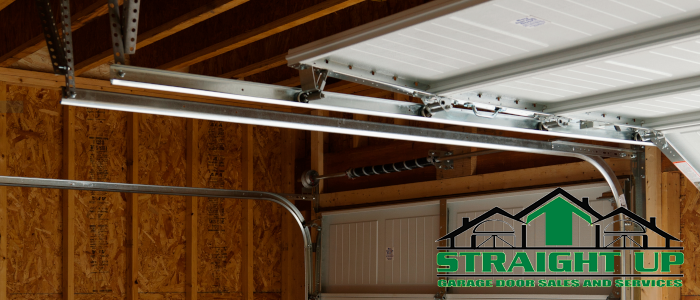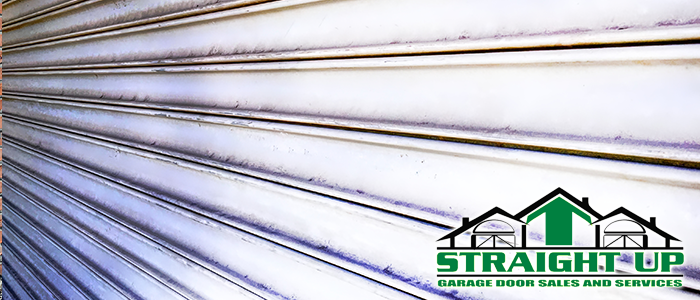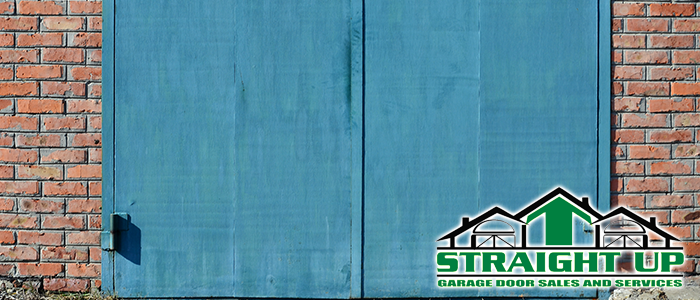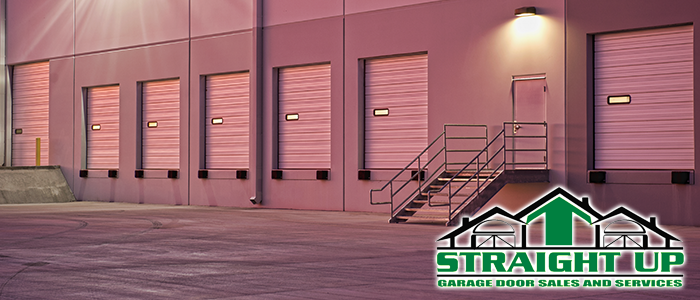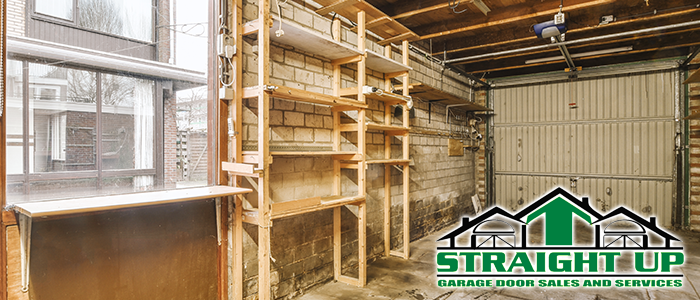How to Clean Garage Door Tracks
Garage door tracks being unclean and gathering grease, grime, and dust is one of the things that can cause problems like this, so it’s important to keep them clean. These tracks are necessary so that the rollers can work and be properly aligned and maintained.
Doesn’t it just drive you crazy to have a long and tiring day at work, only to come home and be unable to get your car into the garage because the door won’t open or won’t open properly?
To eliminate the possibility of unclean tracks being the problem causing your garage door to malfunction, it’s recommended that you take the time to clean them every three months.
In order to make the cleaning process as easy to understand and complete as possible, we’ve gone ahead and compiled a quick and easy-to-follow guide to cleaning garage door tracks.
Organize
Step one, before you even get to the process of cleaning the garage door’s tracks in the first place, is to clean up and organize your garage (see one of our other articles for tips on that, too!) so that nothing is obstructing the rollers and you’re able to access them for cleaning efficiently, and more importantly, safely.
Also be sure to remove vehicles from the garage at the time of cleaning so that you have as much space to work with as possible, and do some reconnaissance on the condition of the tracks and rollers using a stepladder before you get started.
Surface Cleaning Your Garage Door Tracks
While your garage doors are closed, make sure that the electricity to the door is disconnected or turned off before proceeding with the cleaning process.
Start off by taking a broom or dry brush and sweeping as much dust and debris from the workings as you can. You can also use a vacuum to do this – especially on hard-to-reach areas. For an even deeper clean, a can of pressurized air can also be utilized to blow dust and debris out of the smaller or deeper workings.
Once the easy stuff has been brushed or vacuumed off, take a moist cloth and wipe down the insides of the tracks. You can also use an old toothbrush, the ever faithful sidekick to the DIY cleaner, for tough crevices and thick grime. For dirt and debris that are particularly stubborn, automotive brake cleaner works well – just be sure that you don’t apply any kind of lubricant to the tracks themselves.
Grease and Lubricant
When applied to rollers and bearings, grease and lubricant can easily get into the tracks themselves when they migrate off from the door’s opening and closing movements. Both tend to be dust magnets as well as making the tracks slippery in places that they shouldn’t be, so you should take the time to clean off old applications when you’re cleaning the tracks.
For lubricant and grease, we recommend using a degreaser spray and a lint-free cloth to help clean it all out. Then, when you’re all finished, you can apply a new layer of spray lubricant or grease to the rollers and/or bearings. While you’re spraying, make sure to use a silicone spray oil or lithium-based lubricant and wipe away any stray drips with a rag.
You’ll want to use lubricant on metal rollers that have open bearings, but it isn’t necessary to use on nylon rollers that have closed bearings.
If you want further tips like this, look no further than Straight up Garage Doors for all these basics and more.

